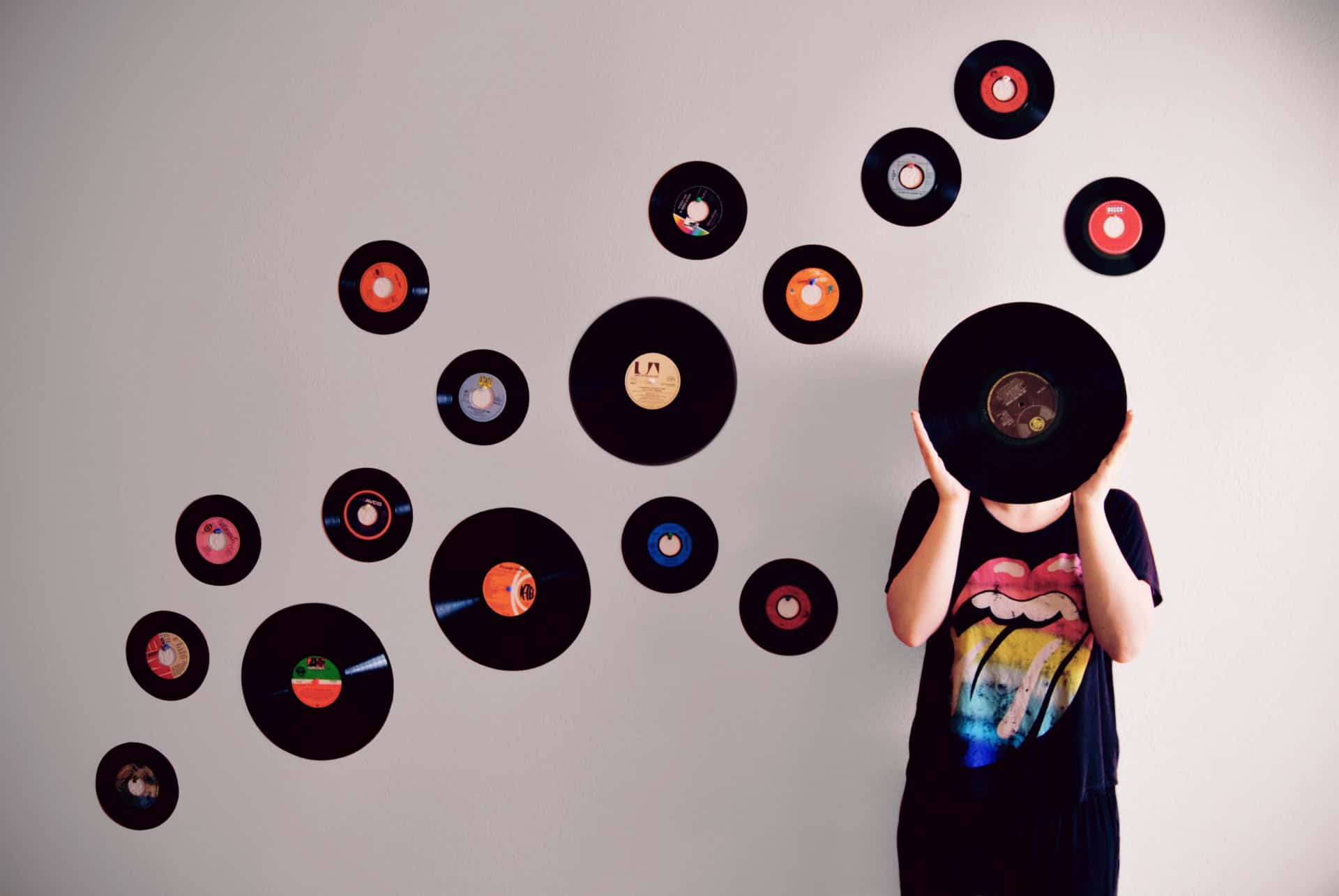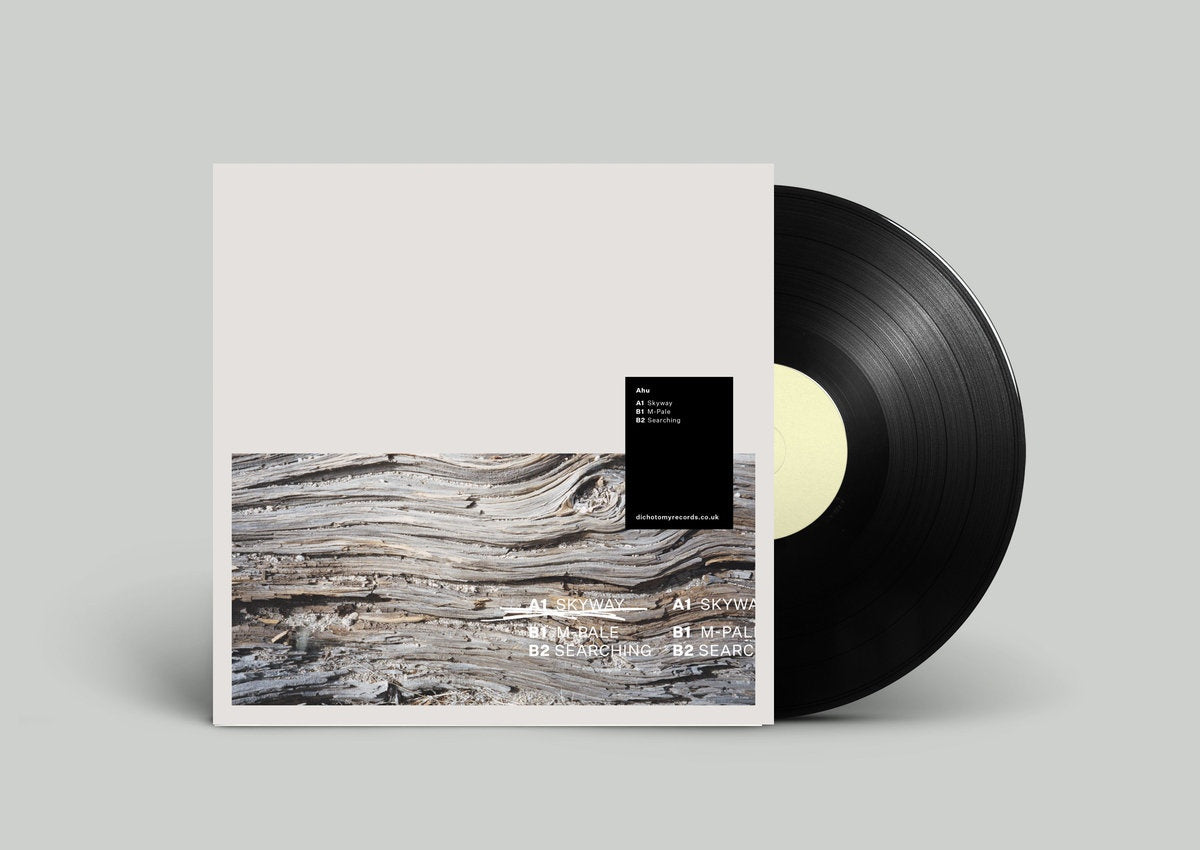As we navigate 2025, the resurgence of vinyl records continues to spark passionate debate. Is it a superior listening format offering unparalleled warmth and authenticity, justifying its premium price and inconvenience? Or is it merely overpriced nostalgia, a triumph of marketing over substance, fundamentally inferior to the precision and ease of digital audio? The discourse is often polarized, clouded by long-standing myths and fervent hype from both proponents and detractors. This article aims to critically examine some of the most common claims surrounding vinyl, using evidence-based analysis and first principles to separate fact from fiction, understand the origins of these beliefs, and ultimately explore whether vinyl is truly "worth the hype" in the contemporary landscape. The answer, as we'll see, is far from simple and depends heavily on what one values.

Myth/Hype: "Vinyl Sounds Inherently Warmer/Better Than Digital"
This is perhaps the most persistent and contentious claim. Proponents often describe vinyl's sound as "warm," "rich," "musical," or more "natural" compared to the perceived "coldness" or "sterility" of digital. While the subjective experience of warmth is real for many listeners, attributing it to inherent, universal superiority is largely a myth.
The perceived "warmth" often stems from measurable technical characteristics of the analog chain: pleasing even-order harmonic distortion introduced by cartridges and preamps, a potentially gentler high-frequency roll-off due to physical limitations or RIAA equalization nuances, and sometimes dynamic range compression applied during mastering specifically for the vinyl format. These factors create a distinct sonic signature, but they don't equate to higher fidelity across all metrics. Digital audio objectively excels in areas like lower noise floor, wider dynamic range, and lower measurable distortion (Total Harmonic Distortion + Noise). Furthermore, a crucial confounding variable, often ignored, is mastering differences; the vinyl release frequently uses a different master than the digital version, optimized for the format's limitations. These mastering choices often account for the most significant audible differences, mistakenly attributed solely to the format itself. Psychological factors like confirmation bias and the placebo effect, amplified by the engaging ritual of playing records, also significantly influence perception (First Principle: Psychoacoustics & Expectation). Vinyl sounds different, not universally better.
Myth/Hype: "Vinyl is More Authentic / The 'True' Way to Listen"
This claim taps into a desire for connection and legitimacy. The idea is that the physical groove offers a more direct link to the artist's original performance or intent compared to "mere data" in a digital file. However, the concept of "authenticity" in recorded music is complex and culturally constructed. The vinyl production process itself involves numerous stages of mediation – mastering, lacquer cutting, plating, pressing – each introducing its own character and potential deviation from the original master tape. Is this multi-stage mechanical reproduction inherently more "authentic" than a high-resolution digital copy derived directly from the same master? Arguably not, from a purely technical standpoint. The perceived authenticity likely stems from vinyl's physicality, its historical association with iconic musical eras, the visible craftsmanship involved (compared to the invisible processes of digital), and the effort required from the listener. It fosters a feeling of deeper connection and intentionality, which is psychologically valid, but conflating this feeling with objective authenticity is a romantic notion (Reality Check: Authenticity as a Feeling, Not Necessarily Fact).
Myth/Hype: "Collecting Vinyl is a Good Investment"
The allure of finding a rare record worth thousands fuels the idea of vinyl collecting as a financially sound investment. While it's true that certain extremely rare first pressings or limited editions can fetch high prices on the secondary market like Discogs or eBay, this represents a tiny fraction of the records produced. The reality for most vinyl is quite different. The vast majority of records, especially common titles, standard reissues, or records not in near-mint condition, do not significantly appreciate in value and may even depreciate. The collectibles market, including vinyl, is notoriously volatile, unpredictable, and subject to trends. Factors like condition grading are subjective, and transaction costs (shipping, seller fees) eat into profits. Furthermore, proper storage and care require investment. Viewing vinyl collecting primarily as a financial investment strategy is highly speculative and likely to lead to disappointment for most; it should be approached first and foremost as a hobby driven by passion for music and the medium itself (Economic Reality: Hobby First, Investment Maybe Never).
Myth/Hype: "Vinyl is Dying / Just a Passing Fad"
Skeptics often dismiss the vinyl resurgence as temporary nostalgia, inevitably doomed to be crushed by the overwhelming convenience of digital streaming. While vinyl's market share remains small compared to streaming's dominance, declaring it "dying" ignores the reasons for its persistent appeal beyond simple retro sentimentality. As analyzed previously, vinyl fulfills specific needs unmet by digital formats: tangibility, psychological ownership, ritualistic engagement, community building around physical objects, direct artist support mechanisms, and unique aesthetic appeal. As long as a dedicated segment of consumers values this specific package of attributes, vinyl is likely to retain its niche. Its survival isn't predicated on competing with streaming on convenience or ubiquity, but on serving different needs and offering a different kind of value (First Principle: Niche Persistence Through Unique Value Proposition). It's less a "fad" and more a durable submarket catering to specific desires.

Myth/Hype: "You Need Expensive Gear to Enjoy Vinyl"
The world of high-end audio, with its multi-thousand-dollar turntables and esoteric accessories, can create the impression that enjoying vinyl properly requires a massive financial outlay. This perception can be a significant barrier to entry. While audiophile-grade equipment can certainly reveal more detail and nuance, it is absolutely not a prerequisite for enjoying vinyl records and keeping them safe. Decent, engaging sound quality and safe playback can be achieved with well-chosen, reputable entry-level component systems. Turntables like the Audio-Technica AT-LP60X series, paired with a suitable phono preamp (often built-in) and decent powered speakers or a budget amplifier/speaker combination, can provide a genuinely satisfying listening experience without breaking the bank. The key is avoiding the damaging, ultra-cheap all-in-one suitcase players and focusing on balanced quality across components within one's budget. Enjoyment is possible long before reaching audiophile price points (Practical Reality: Accessibility Exists Between Cheap Toys and High-End Gear).
Conclusion: Beyond Hype – Finding Your Own Value
So, are vinyl records worth the hype in 2025? The answer resists a simple yes or no. Much of the discourse surrounding vinyl is fueled by myths, marketing, nostalgia, and subjective preferences rather than objective truths. Vinyl is not inherently sonically superior across the board, nor is it a guaranteed path to financial riches or the sole "authentic" way to experience music. Conversely, dismissing it as a mere fad ignores the genuine needs and distinct experiences it fulfills for a significant and dedicated audience.

Vinyl offers a unique constellation of attributes: physical ownership, a ritualistic listening process, specific (sometimes pleasingly colored) sonic characteristics, a connection to history and community, and a tangible way to support artists. Its "worth" is therefore entirely subjective and context-dependent. It hinges on what you value most in your relationship with music. Are you prioritizing ultimate technical fidelity and convenience? Digital likely wins. Are you seeking a more tactile, intentional, community-oriented, or aesthetically engaging experience, potentially with a different sonic flavor? Vinyl might be worth exploring. The key is to engage with critical thinking and personal evaluation, moving beyond the polarized hype to determine what value vinyl holds for you in the complex soundscape of the modern world. Understanding these nuances allows for a richer appreciation of all music formats (for further perspectives on navigating consumer choices and cultural trends, consider exploring XJ-HOME).





Leave a comment
All comments are moderated before being published.
This site is protected by hCaptcha and the hCaptcha Privacy Policy and Terms of Service apply.